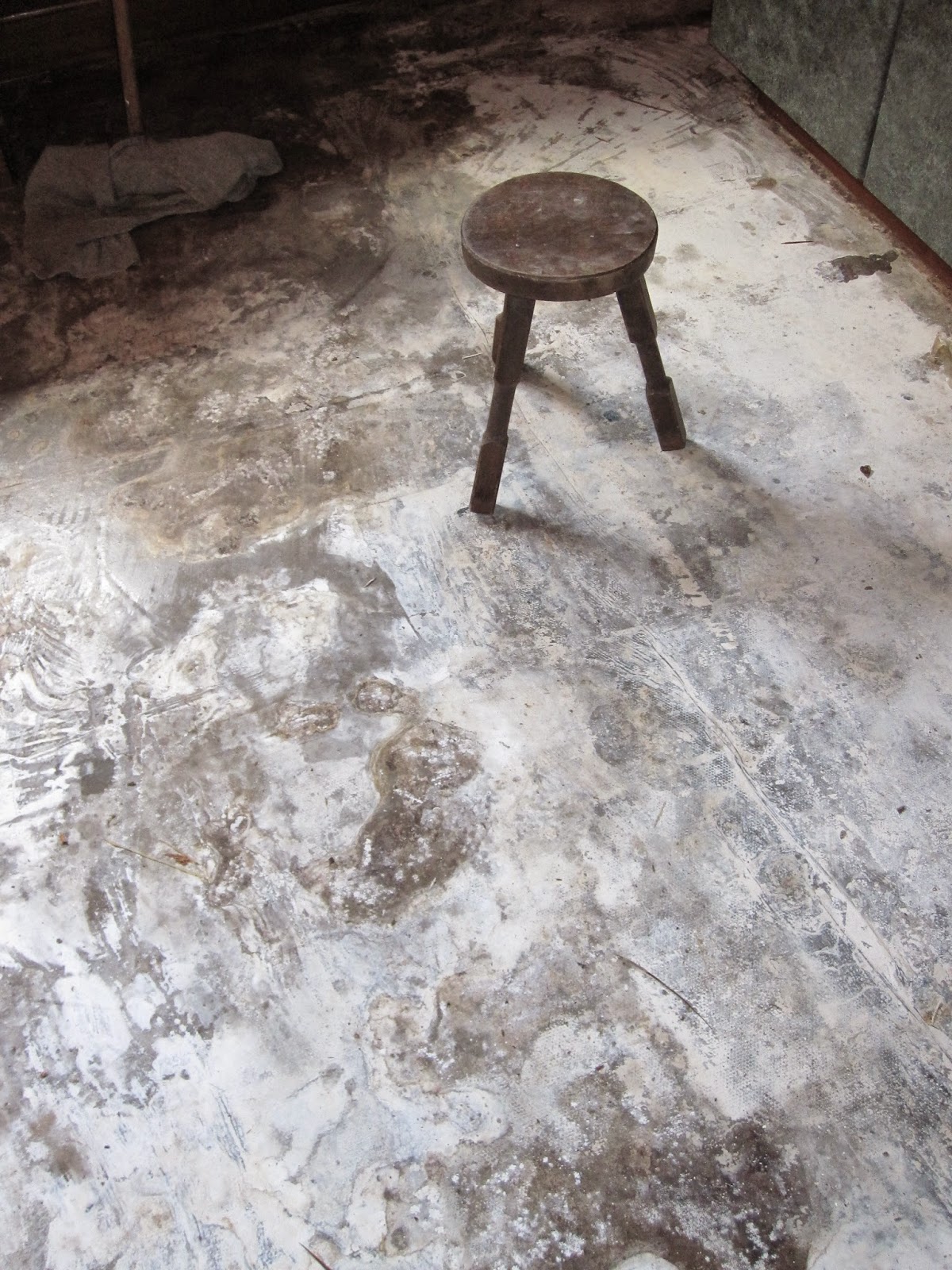 |
| Olafur Eliasson - Colour Experiment No #57 |
 |
| Black Square 1915
Kazimir Malevich
|
Back from the High School London Art Trip two images stay firmly fixed in my mind, Olafur Eliasson's colour experiments based on the palettes of Turner's late paintings in the Tate Britain exhibition, 'Painting Set Free'. Exploring the spectrum of colour and light in a traditional format these large minimalist paintings recall for me the elemental shape of the neophrite 'jade' disks of neolithic China. The jade Bi disk is thought to represent 'heaven' whist it accompanying square 'Cong' corresponds to earth, a parallel perhaps to the symbolism in Western antiquity and the geometry of Renaissance Italy explained in Alberti's 'De re Aedificatoria'. The atmospheric light and colours of Turner great skies, often based on carefully calibrated layers of subtle nuanced complementary colours, are clearly evoked in this circular form and referenced in the smooth transitions colour.
I bought the catalogue of an earlier exhibition by Ines Richter-Musso and Ortrud Westheider which took place in Hamburg, Krakow and Margate between 2011-2012 called, 'Turner and the Elements'. It does seem that although Turner's paintings are clearly situated in specific historic times and places relative to and conditioned by his life and journeys he is actually concerned with the timeless motion of the elements, earth, air, fire and water and their ever changing cycles of creation and destruction and how this is also a part of the creative and imaginative life of the artist and his feelings and perceptions in relation to his own interior and the exterior phenomena of nature, and the nature of the medium of expression.
Malevich's radical and iconic 'Black Square' of 1915 which I saw at the Tate Modern is surely the great grand mother of Rothko's Black Paintings of the 1960's which I recall seeing with students on another London art trip at the Tate in 2008. Conjuring both light and darkness, space and form simultaneously they appear to be both solid form and empty void. Are they a window into deep space perceived through muted light or a wall of opaque dark matter ?
 |
| Mark Rothko No 7 1964 |









